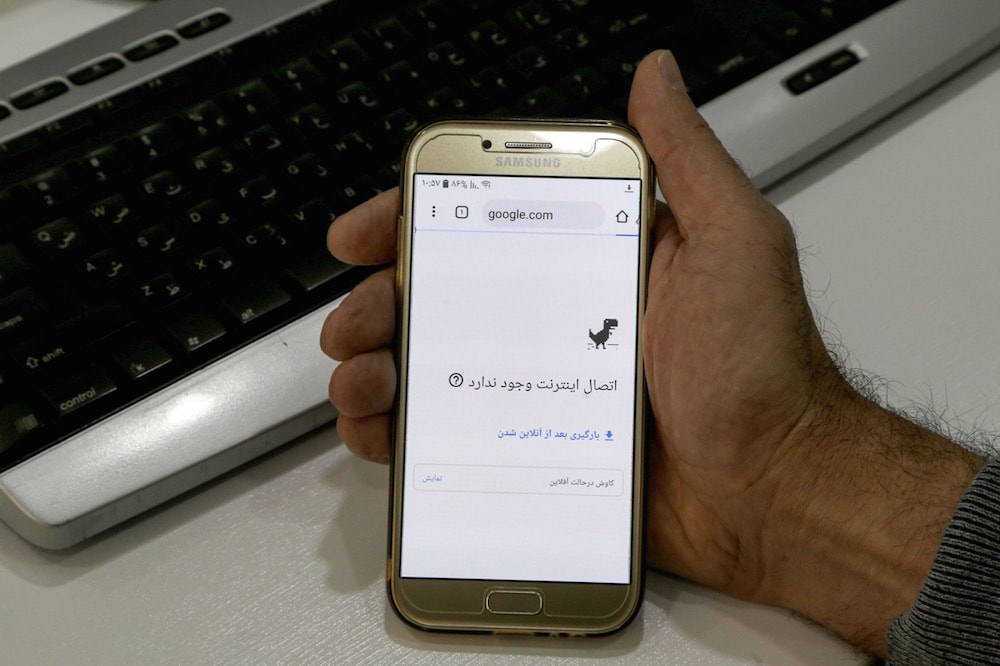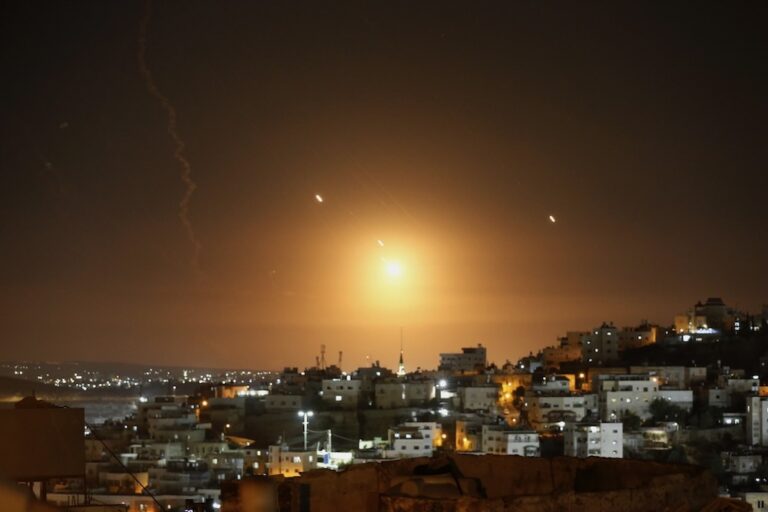A new report from ARTICLE 19 reveals how Iran’s government cut off Internet access for six days amidst nation-wide protests in November 2019, restricting access to information during a brutal crackdown that saw hundreds killed and thousands arrested.
This statement was originally published on article19.org on 7 October 2020.
Since the November 2019 protests and the most extensive Internet shutdown in Iran’s history, Iranian authorities have continued to shut down the Internet every time protests take place across the country.
In 2019, the blackout made it easier for the state to carry out gross human rights violations including attacks on civilians. Amnesty International has documented that at least 304 protesters were killed while one Reuters media report puts the number at over 1500.
These shutdowns continue to disconnect Iran from international media and secure communication and the only national telecommunication methods left available are insecure, censored and surveilled.
On 7 October 2020 ARTICLE 19 will launch their latest, and the most extensive, digital rights briefing on the November 2019 Internet shutdowns, ‘Tightening the Net 2020: After Blood and Shutdowns’.
This report takes a close look at the mechanisms, infrastructure, law and policies that led to mass disconnection between 15 to 27 November 2019 and:
- Reveals the complex infrastructure and the opacity in decision making processes that have allowed the Iranian government to repeatedly shut down the Internet whenever they choose.
- Examines how US sanctions have contributed to further isolating Iranians.
- Considers the risks of the National Information Network, and the broader outlook for Internet governance and connectivity in Iran.
- Outlines clear solutions to address this problem.
Please watch this short animation which explains the significance of our report:
Highlights include
- Leaked notice from Iran’s Communication Regulatory Authority (CRA) to Internet Service Providers (ISPs) ordering a phased, (rather than a simultaneous), reconnection of different institutions, and excluding areas where protests continued. (see page 20).
- A November 2019 map of Iran’s ISPs, showing how all international Internet connections were initially made through two state-controlled Internet gateways.
- A July 2020 map of Iran’s ISPs, illustrating a form of “decentralisation” whereby private companies can now be seen directly peering (or connecting) with international Internet connections.
“The state’s complete control over Internet infrastructure enabled shutdowns on the scale of that seen in November 2019. The state monopoly over Internet connections, however, is loosening, as our research maps out,” explains Saloua Ghazouani, Director of ARTICLE 19 MENA.
Regarding our analysis of the Internet decision making process in Iran, Ghazouani adds:
“The ambiguity and lack of transparency is glaring and power holders such as President Hassan Rouhani, his Minister of Information and Communication Technology (ICT) Mohammad-Javad Azari Jahromi and the Supreme Leader continue to distance themselves from the responsibility of shutting down the Internet.”
Key findings for law and policy
- There is still a lack of clarity over who ordered the shutdown in 2019 as evident by ARTICLE 19’s mapping of the decision-making processes that surround Internet governance in Iran (page 40).
- Despite the Minister of ICT’s invocation of the International Telecommunication Union’s (ITU) Constitution to support Iran’s right to shutdown the Internet, Iran’s November shutdowns remain illegal under international human rights law.
- While the Iranian authorities must deliver justice for the violations committed during the shutdown, the US government and the international community can also help to prevent further isolation for Iranians by encouraging US tech companies to remove blocks, whitelist services and deliver secure hosting in Iran.
ARTICLE 19 calls on Iran to conduct an independent and transparent investigation into the shutdown, transparently document Internet governance decision making, prosecute those found responsible for the shutdown, and ensure that access to the Internet is protected at all times, and especially during protests.



